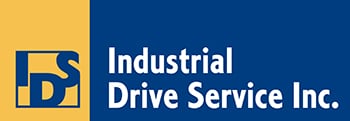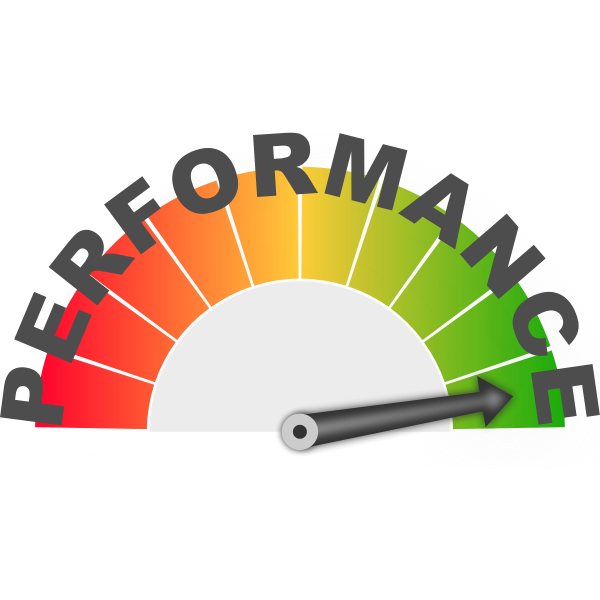Servo based motion continues to grow as drive technologies become more affordable and easier for motion control programmers to integrate into projects. Some manufacturers have really reduced the ease of implementing servo devices to be extremely close to that of buying an off the shelf robot: Let the software know that you are using a servo drive, give it a real name, let it know the gearing ratio it may have, and what the output distance of that gearing is and you are set. The software configures the rest and tunes the system automatically, leaving the motion programmer with the task of telling the servo system, in machine units (degrees, millimeters, inches), where you would like it to go and how fast, or in some cases, moving the mechanical load to the position and teaching the system. Even replacing a mechanical cam with an electronic cam is easy. Simply get the polar coordinates of the mechanical cam (really easy with CAD software) and export the coordinates into the servo’s cam generator software.
Scott Keys
Scott has been involved with motor control systems and industrial automation for the majority of his life. He holds a degree in Mechanical Systems Engineering (B.Eng) , and has previously worked for system integrators, machine builders, and industrial control equipment manufacturers.
Recent Posts
0 Comments Click here to read/write comments
Topics: servomotor, engineeringdesign, motioncontrol
5 Reasons You Should Be Collecting Production Data Directly from Your Equipment
Posted by
Scott Keys on Jan 9, 2020 11:42:16 AM
Industry 4.0 is a term being used a lot in the industrial world right now. It can be applied to anything from batch size 1 machinery to artificial intelligence; essentially technologies we expect to see in a modern-day facility. One of the topics of Industry 4.0 is data collection: How do we get it? Who gets it? What do we do with it?
0 Comments Click here to read/write comments
Topics: data, orange box, kpi, IoT, Industry4.0


